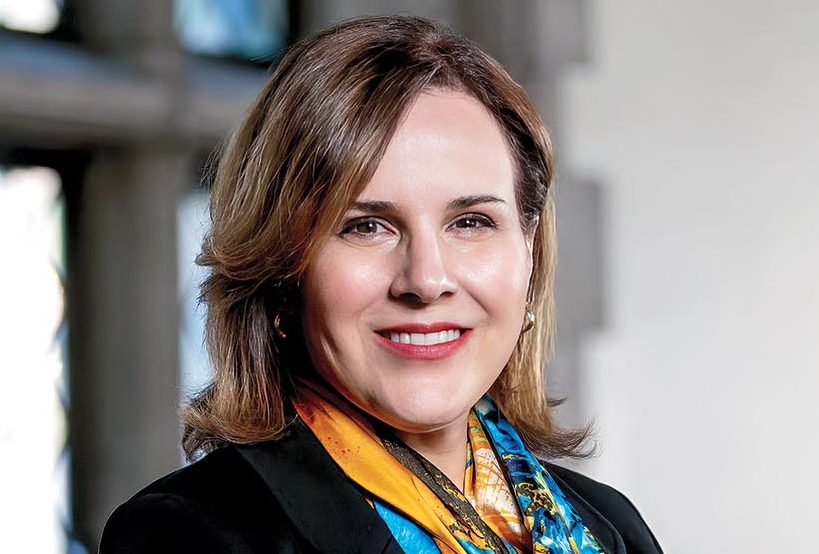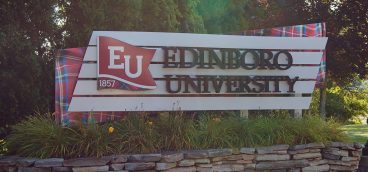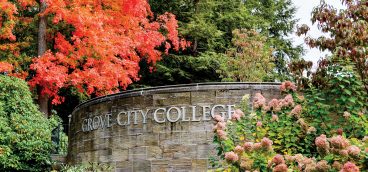College Town Pittsburgh

Editor’s note: We thank the top leaders of this region’s universities for penning a response to the following question: Given continuing enrollment declines and our civic need to attract and keep young people, is it desirable to significantly build on fledgling programs to get students off campus and engage them in this region’s amenities, thus building our College Town dynamic as well as a stronger long-term connection with our area? If so, in what ways could you envision contributing to such a project?

Farnam Jahanian, Carnegie Mellon University
Carnegie Mellon University is in the unique position of seeing our enrollment numbers grow. One indicator of this is our undergraduate application counts, which have surged 40 percent in the last five years. And the vast majority of our incoming student body — 9 out of every 10 first-year students last year — are out-of-state arrivals.
This work of drawing top talent — the opposite of the dreaded brain drain that many cities see — is a powerful asset for our region. Perhaps less obvious, but just as important, are the remarkable ways that Pittsburgh benefits our campus community.
Western Pennsylvania is a region with an envious record of reinvention. We’re home to the right economic ingredients — a burgeoning innovation ecosystem, a strong research funding footprint and a vibrant academic landscape — as well as charming quirks like the Pittsburgh left, cookie tables, the Incline and Andy Warhol. It’s a place where living the American Dream is still possible, theater tickets are still affordable, and your neighbors are still familiar.
Against this backdrop, the single greatest lever that Carnegie Mellon can pull here is a decidedly simple one: We make the initial introduction — connecting Pittsburgh to CMU students and CMU students to Pittsburgh. This convening occurs through our academic and research offerings, our student programming and our strong community partnerships. And, almost always, Pittsburgh impresses.
In summary: Carnegie Mellon is fortunate to call this region home and our students — ever brilliant — seem to waste precious little time figuring this out all on their own.
Joan Gabel, University of Pittsburgh
While national enrollment in higher education has declined for more than a decade, enrollment isn’t declining for all institutions. This year, the University of Pittsburgh received a record number of undergraduate applications to the Pittsburgh campus for the sixth consecutive year, and we anticipate a record or near-record number of Pennsylvania first-year students this fall. Increasing enrollment is a central focus of our strategic plan, the Plan for Pitt 2028.
With that said, there’s no question that one of the ways we boost enrollment in the face of headwinds like changing demographics is by demonstrating the unique advantages of the region. It isn’t surprising that applications to Pitt are increasing when you consider how often Pittsburgh is touted in the national media for its vibrant arts scene; for its status as a technology hub; or as a destination for outdoor recreation and dynamic, welcoming communities.
At Pitt, we are always exploring partnerships that create exciting academic synergies across communities and institutions, lead to valuable applied experiences like internships and service work, and create fun and meaningful experiences for our students. We are especially excited about programs that allow our students to develop core competencies through networking and collaborating outside the university. This is why we give academic credit for hundreds of such experiences.
As the University of Pittsburgh, we recognize that Pitt thrives when the region thrives. We’re enthusiastic about continuing to partner across the region to capitalize on the unique, dynamic qualities of Pittsburgh for the benefit of all.


Kathy Humphrey, Carlow College
One of my guiding quotes is, “Opportunities rarely knock; they stand waiting to be recognized and often appear as unfair exchanges.” The opportunity to retain college students in Pittsburgh is knocking and demands our attention. We can give them compelling reasons to stay by making the city an integral part of every student’s life – but it will require investment.
To do this, here are a few ideas:
Employers, in collaboration with university career services, could create two-year job assignments and co-host citywide job fairs twice yearly. These efforts should be about cultivating relationships and providing students with a reason to remain here.
City officials should participate in university welcome week events to encourage engagement and convey solidarity.
Campuses with extra housing stock could offer it to graduates at discounted rates, providing affordable options in familiar settings.
An annual “College Student Appreciation Week” might include special benefits at businesses, or events that connect students across universities. Graduate students, often overlooked, should also be included in these efforts. Every student should receive a welcome packet that includes coupons, or deep discounts to local sporting or cultural events.
Lastly, we must create more nightlife activities that show the appeal of becoming a permanent resident. Students need to hear and feel, “We want you to stay in Pittsburgh.”
A dedicated staff focused on student engagement is essential to achieving these goals. If we commit, we can significantly increase student retention and build a vibrant community. Count us in — we’re excited to help!









